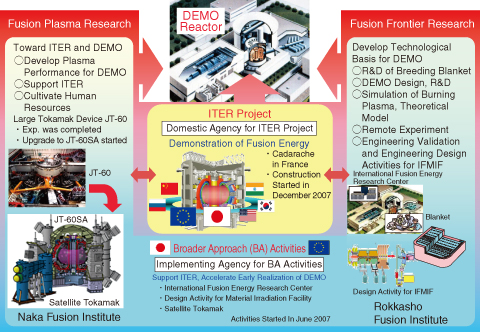
Fig.9-1 Steps involved in the development of the fusion DEMO reactor
Fusion plasma research and fusion frontier research are being pursued for the development of a DEMO reactor, aimed at an early realization of fusion energy.
Crucial developments toward the practical use of fusion energy in the fields of fusion plasma research and fusion frontier research are being pursued through intensive international cooperation. The International Thermonuclear Experimental Reactor (ITER) project, Broader Approach (BA) activities, and other collaborations (Fig.9-1) are aimed at the early realization of a fusion demonstration power plant (DEMO) reactor. Fusion plasma research is mainly being advanced by the Naka Fusion Institute, and fusion frontier research is mainly being advanced by the Rokkasho Fusion Institute.
ITER Project
The ITER project is an international cooperative project to demonstrate the scientific and technological feasibility of fusion energy through the construction and operation of an experimental reactor. The ITER agreement came into force in October 2007, and the Japan Atomic Energy Agency (JAEA) was designated as the domestic agency fronting the ITER project in Japan. JAEA has proceeded with the preparation of the equipment that Japan agreed to provide, and has achieved various results in terms of technological development (Topics 9-1 and 9-2). In particular, JAEA began producing a superconducting coil for the actual machine ahead of any other country participating in ITER.
BA Activities
The Broader Approach (BA) activities are joint projects by Japan and the European Union to conduct supporting research for ITER and research and development (R&D) for a DEMO reactor, which is the next step of ITER, aimed at the early realization of fusion energy. The BA agreement came into force in June 2007, and JAEA was designated as the agency in charge of implementing the BA activities in Japan.
The BA activities comprise three components: projects at the International Fusion Energy Research Center (IFERC), the International Fusion Materials Irradiation Facility/Engineering Validation and Engineering Design Activities (IFMIF/EVEDA) project, and the Satellite Tokamak Program (STP). Topic 9-3 describes the results achieved in the R&D activities toward a DEMO reactor at IFERC. Topic 9-4 describes the results obtained by IFMIF/EVEDA. Topics 9-5 and 9-6 outline the progress toward the construction of the Japan Torus-60 Super Advanced (JT-60SA) fusion reactor by STP. Topic 9-7 also presents results related to JT-60SA.
Fusion Plasma Research
Analysis of JT-60 experimental data was promoted, and inter-machine experiments were conducted for the purpose of achieving high economic efficiency in a fusion reactor by means of attaining a high plasma pressure. Topic 9-8 is a result that indicates the guidelines for overcoming instabilities that hinder the formation of a high plasma pressure.
Fusion Frontier Research
Various R&D activities have been executed at the Rokkasho Fusion Institute, aimed at the construction of the technological basis for a DEMO reactor. Topic 9-9 describes theoretical simulation research that uses the high-performance computer at IFERC; the result can provide a basis for developing a secure shutdown procedure for a DEMO reactor. Topics 9-10 and 9-11 are results that are indispensable for the development of a breeding blanket.